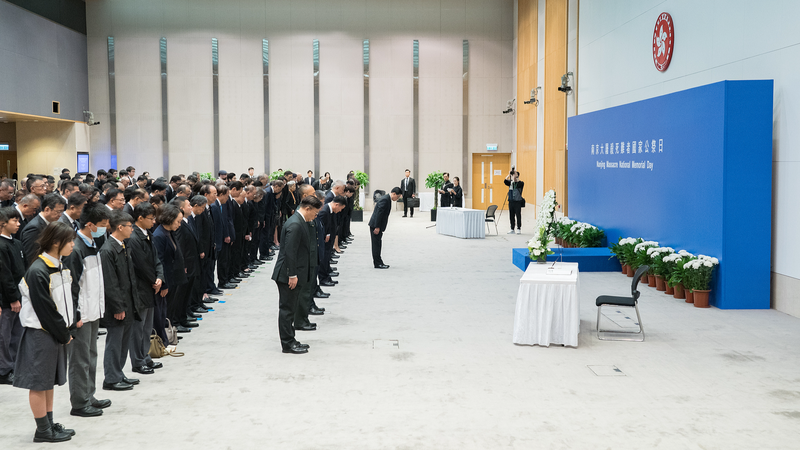On August 26, local media in Xiangyang City, in Hubei Province in the Chinese mainland, reported that 62-year-old Wang lost consciousness while working outdoors amid a punishing heatwave. His body temperature soared to 42°C, and his limbs began to twitch. Rapid cooling treatment saved his life, but Wang remained in a coma for five days in the ICU before finally regaining consciousness.
Wang’s case is far from isolated. Last month, Philippine media covered an incident where nearly 200 students fainted during a blistering school parade. From outdoor laborers to schoolchildren, heatstroke does not discriminate by age or occupation—each summer brings fresh stories of people collapsing, and in some cases dying, under extreme temperatures.
In late August, a joint report by the World Health Organization (WHO) and the World Meteorological Organization (WMO) sounded the alarm: climate change is fueling more frequent and intense heatwaves, placing millions of workers at risk. The organizations urge governments, employers, and communities to adopt robust heat protection measures, including early warning systems, shaded rest areas, and flexible work schedules.
Whether you’re a construction worker in Mumbai, a digital nomad in Madrid, or a student marching in Manila, here are key steps to stay safe:
- Stay hydrated: Drink water regularly, even before you feel thirsty.
- Seek shade: Take breaks in cool, sheltered spots whenever possible.
- Dress smart: Wear lightweight, breathable clothing and wide-brimmed hats.
- Know the signs: Headache, dizziness, nausea, and muscle cramps can signal heatstroke.
Heatstroke may be a silent summer killer, but with data-driven policies and personal vigilance, we can beat the heat. Let’s turn up the temperature on action before it’s too late.
Reference(s):
cgtn.com



